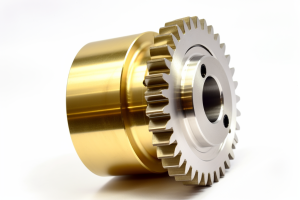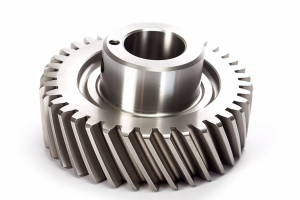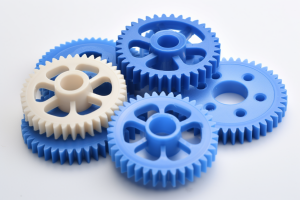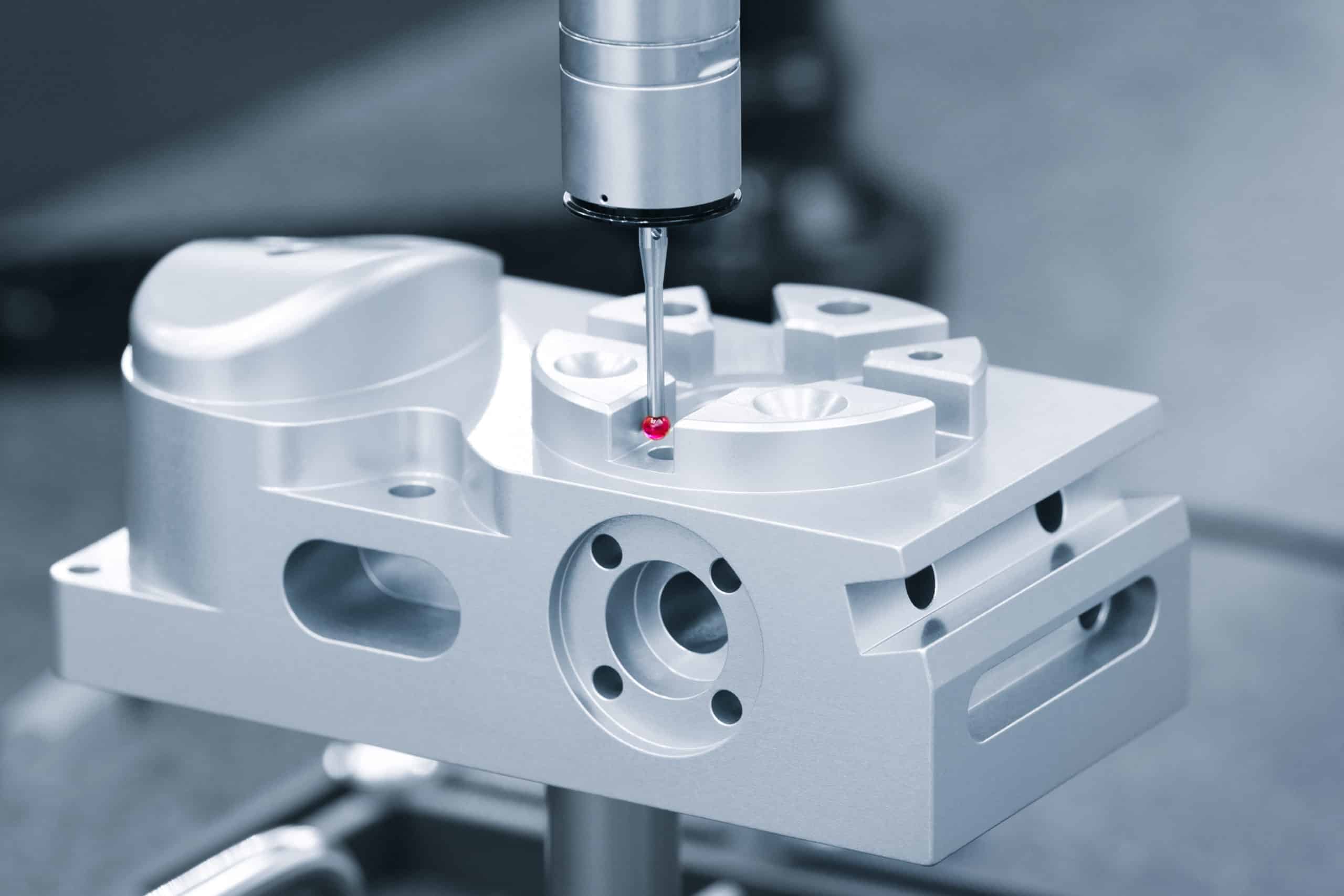When you hear the term “plastic,” what comes to mind? Maybe it’s the water bottle on your desk, the keyboard you’re typing on, or the countless products lining the shelves of your local supermarket. But one type of plastic might be the unsung hero of our modern world: ABS, short for Acrylonitrile Butadiene Styrene. This material is as intriguing as its name is complex, and it’s everywhere – though often unnoticed.
ABS isn’t just any ordinary plastic; it’s a powerhouse in polymers. Why, you ask? First, this thermoplastic polymer is known for its incredible strength and resilience. It’s the material that doesn’t give up easily, making it a favorite in the automotive and consumer electronics industries. But there’s so much more to ABS than meets the eye.
Table of Contents
Quick Introduction to ABS Plastic
Embark on a journey through ABS plastic, a fascinating amalgamation of acrylonitrile, butadiene, and styrene monomer. ABS, an acronym for Acrylonitrile Butadiene Styrene, is more than just a thermoplastic material; it’s a robust amorphous polymer admired for its unique mechanical properties. Renowned for its heat, impact, and chemical resistance, ABS stands out in various industrial applications.
Featuring a low melting point, ABS is ideal for continuous mass polymerization and injection molding, making it a go-to for plastic manufacturers. Its dimensional stability and chemical properties are pivotal in its widespread use in products ranging from automotive components to electronic equipment and everyday plastic toys.
Teaser of the Surprising and Interesting Facts Ahead
Imagine a material at the heart of your favorite LEGO bricks, vital in vacuum cleaners and crucial in 3D printing. That’s ABS for you, with its glossy surface finish, thermal stability, and ease of processing due to its low melting temperature. Beyond its popular use in injection molding applications, ABS’s diverse physical properties extend to medical implants and food processing applications.

Unique Composition of ABS
Three Components of ABS and Their Roles
ABS plastic, known scientifically as Acrylonitrile Butadiene Styrene, is more than just a common material; it’s a complex blend of three distinct components, each contributing unique properties to the final product.
Acrylonitrile: This synthetic monomer provides ABS with notable chemical resistance and thermal stability. It’s the component that ensures that ABS doesn’t deteriorate quickly under UV exposure or lose its integrity when exposed to various chemicals.
Butadiene: This part of ABS is crucial for its impact resistance and toughness. It imbues ABS with the flexibility and resilience to withstand physical stress, making it ideal for durable products like automotive components and safety helmets.
Styrene: Styrene gives ABS its rigidity and glossy surface finish. It also contributes to the overall strength of the material. It enhances its processing properties, such as being easily machined and shaped, which is particularly beneficial in manufacturing processes like injection molding.
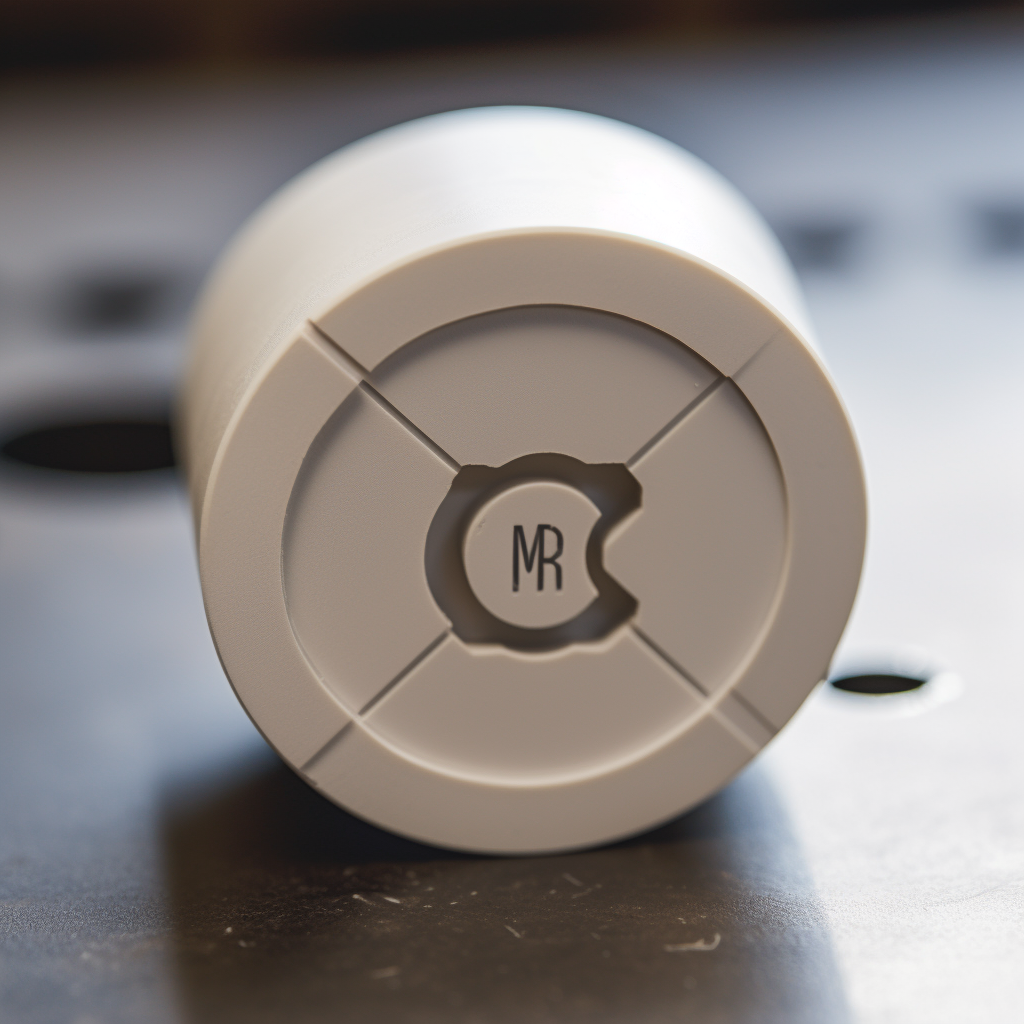
How ABS's Composition Makes it Distinct from Other Plastics?
- Balance of Rigidity and Flexibility: ABS, an amorphous and opaque thermoplastic, exhibits an exceptional balance between rigidity and flexibility, a characteristic not commonly found in other plastics like thermoset plastic. This versatility makes it ideal for various applications, from building materials to electrical enclosures.
- Ease of Processing in Injection Molding: The low melting temperature of ABS material facilitates its use in injection molding and 3D printing, making it a preferred material for these manufacturing processes. This ease of processing, combined with its resistance to significant degradation, is essential in producing everything from food packaging to wall sockets.
- Enhanced Mechanical and Thermal Properties: ABS material stands out with its combination of mechanical and thermal properties, which include:
- Good resistance to stress cracking and thermal expansion, maintaining dimensional stability under various conditions.
- High impact and heat resistance, thanks to the ABS polymer chains, make it tougher and more heat resistant than many other plastics.
- Wear Resistance and Electrical Insulation: The acrylonitrile component in ABS enhances its wear resistance and electrical properties, making it suitable for electrical insulation and applications requiring low heat conductivity.
- Aesthetic and Safety Considerations: ABS plastics offer a glossy surface finish, adding aesthetic appeal to injection molded products. Additionally, certain ABS grades are developed with enhanced fire safety properties, suitable for use in applications where fire safety is a concern.
This distinctive combination of properties, stemming from its unique composition of acrylonitrile, butadiene, and styrene, elevates ABS from a common material to a high-performance, cost-effective material widely used across various industries for its functionality and aesthetic qualities.
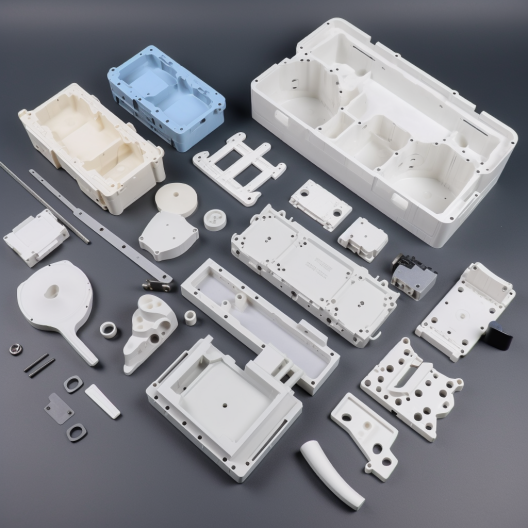
Surprising Properties of ABS Plastic
ABS plastic, a thermoplastic polymer composed of Acrylonitrile Butadiene Styrene, is celebrated for its outstanding strength and durability. This robustness is due to the unique mechanical properties of ABS material, primarily its impact resistance and toughness.
These characteristics are attributed to the ABS polymer’s amorphous structure, which provides a more random and, thus, stronger arrangement of polymer chains than more orderly plastics. The durability of ABS, especially in ABS grades reinforced with glass fibers, is a key property that makes it a cost-effective choice for various manufacturing processes, including 3D printing.
Heat Resistance and Safety: Why ABS is Used in High-Temperature Environments
ABS plastics are well-known for their heat resistance. This heat-resistant quality is primarily due to the thermal properties of Acrylonitrile in the ABS compound, which contributes to the material’s ability to withstand high temperatures without significant degradation or melting. The low melting temperature of ABS makes it easy to mold and manufacture and does not compromise its ability to perform in high-temperature environments.
ABS’s heat resistance is crucial for its use in applications where thermal expansion, such as automotive components and electrical enclosures, could be an issue.
While there are no known adverse health effects related specifically to ABS, its safe use in high-temperature environments and its ability to resist catching fire are essential aspects of its safety profile. This makes ABS a preferred material in applications where minimizing the risk of fire is paramount.

ABS in Extreme Conditions: How it Withstands Various Stresses
ABS’s ability to withstand various stresses is one of its most impressive attributes. ABS exhibits excellent mechanical properties, such as high impact resistance and resistance to stress cracking. Its good resistance to various chemical exposures, including acids and alkalis, and its stability under different environmental conditions, like UV exposure and humidity, highlight the robust physical properties of ABS.
In terms of specific properties, ABS shows poor resistance to certain solvents and chemicals, but overall, its strengths far outweigh its limitations. The key properties of ABS, including its thermal stability and mechanical strength, make it a versatile and reliable material in extreme conditions. This adaptability, combined with its status as a recyclable material, underscores the practicality and sustainability of ABS in diverse applications.
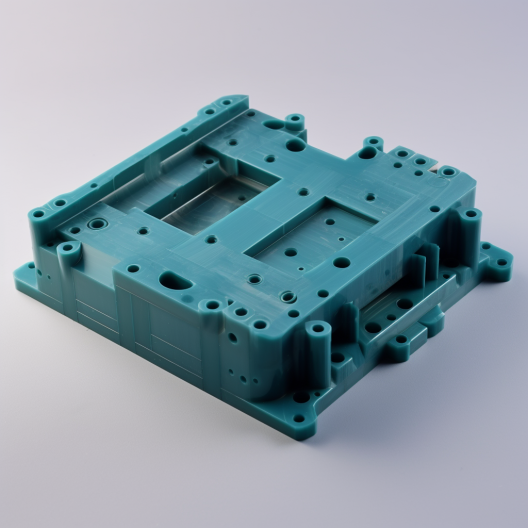
ABS Plastic in Manufacturing and Production
The manufacturing process of ABS (Acrylonitrile Butadiene Styrene) plastic is a remarkable example of chemical engineering. It begins with producing the three main components: acrylonitrile, butadiene, and styrene. Each of these components is a monomer, and when they are combined in a polymerization process, they form the copolymer known as ABS.
This process typically involves emulsion or mass polymerization techniques. In emulsion polymerization, the monomers are polymerized in a water-based solution with emulsifiers and catalysts, resulting in a latex material. Mass polymerization, on the other hand, involves combining the monomers directly without solvents, leading to a purer and more consistent ABS product. The resulting ABS material is an amorphous, opaque thermoplastic with a low melting point, which is then cooled, cut into small pellets, and prepared for the molding process.
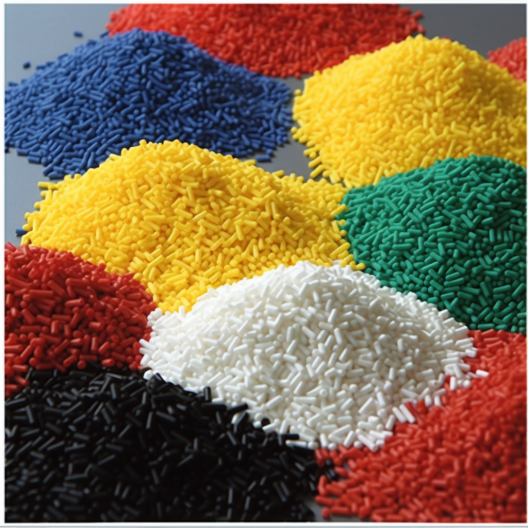
Why Manufacturers Prefer ABS: Cost-Effectiveness and Ease of Use
Manufacturers widely prefer ABS plastic due to its cost-effectiveness and ease of use in various manufacturing processes, notably injection molding. The low melting temperature of ABS allows for efficient molding and shaping, reducing energy costs and increasing production speed. ABS is ideal for many products, from automotive components and electronic housings to everyday items like toys and household appliances.
Furthermore, ABS’s excellent mechanical properties, such as high impact resistance and strength, ensure durability and longevity in the final products. Its ability to be easily colored and achieve a smooth, glossy finish enhances its aesthetic appeal, making it a popular choice for visible consumer goods. Additionally, ABS can be easily combined with other materials, like glass fibers, to enhance its properties for specific applications, further increasing its versatility in manufacturing.
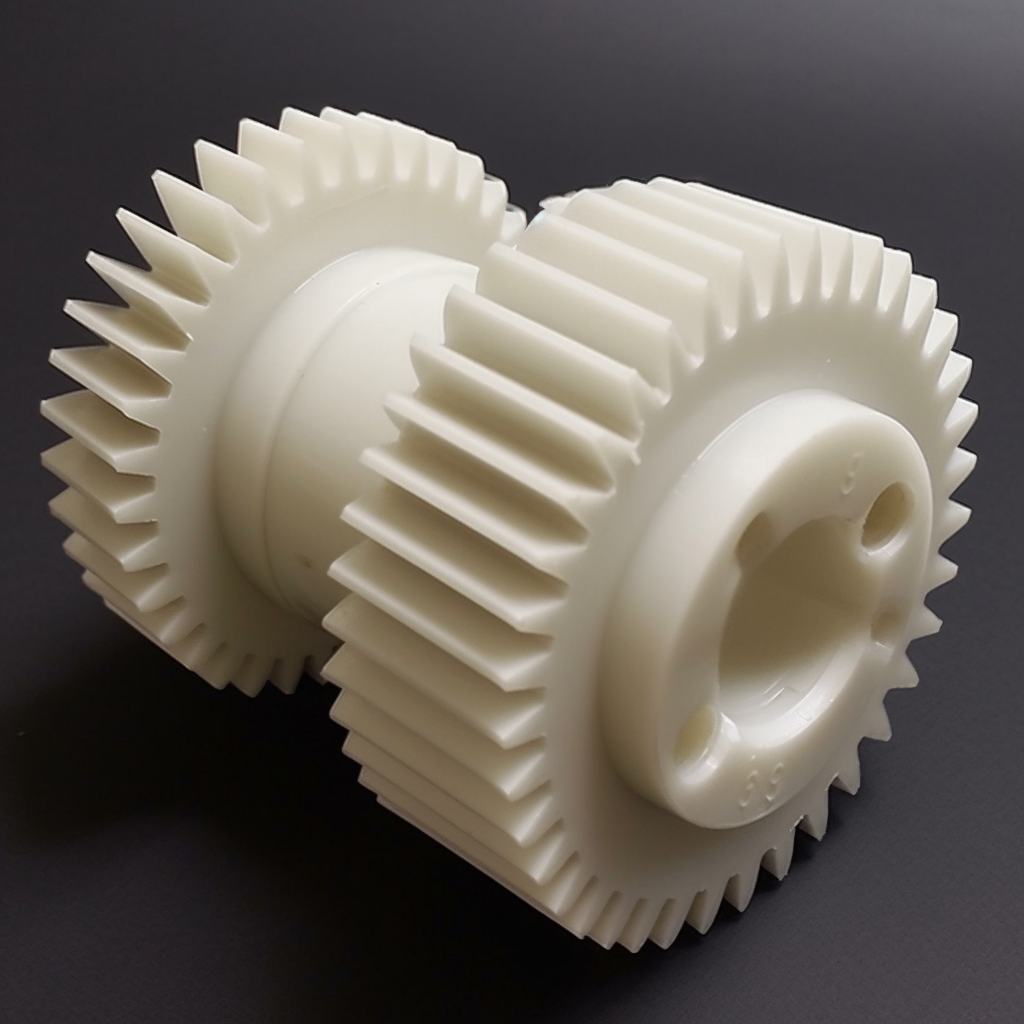
The Sustainability Angle: Recycling and Reusing ABS
Sustainability is an increasingly important consideration in material choice, and ABS plastic offers promising aspects. While ABS is not biodegradable, it is a recyclable material. The recycling process involves shredding used ABS products and then melting them to form new plastic pellets, which can be used to manufacture new ABS products.
Efforts are also underway to improve the environmental footprint of ABS production and usage. Innovations in the recycling process aim to make it more efficient and less energy-intensive. Additionally, research is being conducted to develop biodegradable forms of ABS, which would significantly reduce its environmental impact.
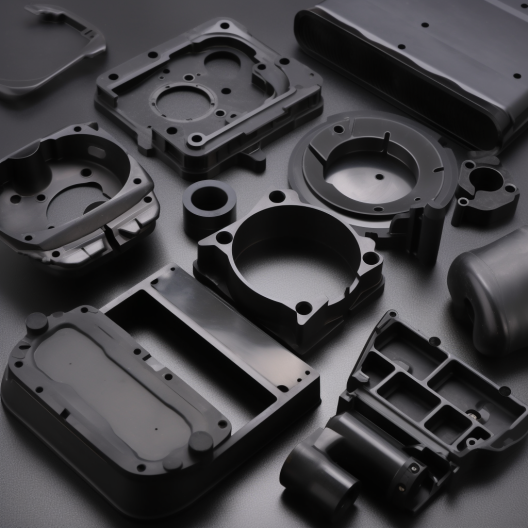
Conclusion
In summary, ABS (Acrylonitrile Butadiene Styrene) plastic stands out for its strength, flexibility, and heat resistance, making it a key player in diverse industries from automotive to electronics. Its versatility in manufacturing, coupled with efforts towards recycling, highlights ABS as both a practical and evolving material in modern engineering and sustainability.
Frequently Asked Questions
ABS (Acrylonitrile Butadiene Styrene) is a type of plastic known for its strength. It is stronger than many other plastics due to its composition, which includes a blend of acrylonitrile, butadiene, and styrene. The specific strength of ABS compared to other plastics depends on the type of plastic it’s being compared to.
ABS plastic does not break easily. It is known for its toughness and impact resistance, making it less likely to break under stress than more brittle plastic types.
ABS is generally durable and can last around 50 years under normal conditions.
To identify ABS plastic, you can perform a density test (it has a density of about 1.04 g/cm³), check for its characteristic toughness and rigidity, or use a chemical solvent test (ABS is soluble in acetone).
ABS can typically withstand temperatures from -20°C to 80°C (-4°F to 176°F). Its glass transition temperature, where it starts to become more rubber-like, is approximately 105°C (221°F).
ABS is generally not as strong as fiberglass. Fiberglass has higher tensile strength and durability compared to ABS. However, ABS is easier to mold and is more impact-resistant.
Pros: High impact resistance, good mechanical properties, easy to machine and finish, good dimensional stability, and relatively low cost. Cons: Poor resistance to UV light and weathering, soluble in some solvents like acetone, not biodegradable, and can produce harmful fumes when burned.
ABS plastic is a thermoplastic. It becomes soft and moldable upon heating and hardens upon cooling, which allows it to be easily recycled and reshaped.


